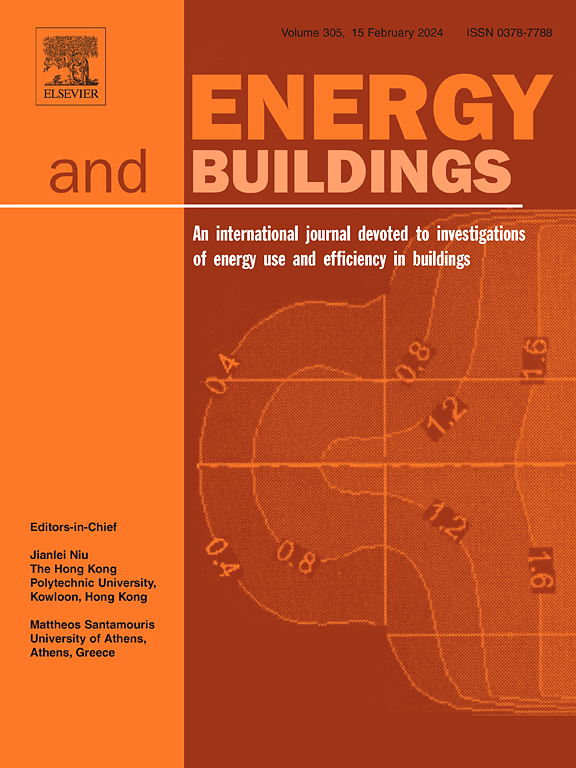Advancing decarbonization through 3D printed concrete formworks: Life cycle analysis of technologies, materials, and processes
IF 6.6
2区 工程技术
Q1 CONSTRUCTION & BUILDING TECHNOLOGY
引用次数: 0
Abstract
3D printing technologies are innovating several industrial fields for their ability to produce complex shapes, reduce material use and obtain high-performance structures. Among the possible applications of 3D printing in the civil construction sector, manufacturing formwork for concrete casting is a promising solution for producing thin-walled and complex structures. Given the increasing interest and numerous applications being developed, comprehensive studies on the sustainability of 3D-printed concrete formwork are required to improve the processes and drive low-carbon construction practices. In this context, the present study provides for the first time an evaluation of the environmental and economic sustainability of concrete structures achieved using 3D printed formwork. The research investigates the influence of various factors such as: i) geometry complexity, ii) printing technology (Fused Deposition Modelling and Material Jetting), iii) process parameters, iv) raw materials (PLA, ABS, PVA, Geopolymers, Cements, Clay) v) machines kinematic systems and vi) End of Life alternatives. To perform such an investigation, a parametric CAD model was developed to define structure geometry; furthermore, Life Cycle Assessment and Life Cycle Costing methodologies were applied to calculate the impacts and cost of the different alternatives. The results showed that a proper choice of the combination of geometry, technology, material, and process parameters is crucial for reducing the carbonization-related impacts associated with 3D-printed formwork production. In addition, reuse and recycling of the formworks cut overall impacts, making 3D printing a sustainable alternative to traditional production processes while allowing greater design freedom.
求助全文
约1分钟内获得全文
求助全文
来源期刊

Energy and Buildings
工程技术-工程:土木
CiteScore
12.70
自引率
11.90%
发文量
863
审稿时长
38 days
期刊介绍:
An international journal devoted to investigations of energy use and efficiency in buildings
Energy and Buildings is an international journal publishing articles with explicit links to energy use in buildings. The aim is to present new research results, and new proven practice aimed at reducing the energy needs of a building and improving indoor environment quality.
 求助内容:
求助内容: 应助结果提醒方式:
应助结果提醒方式:


